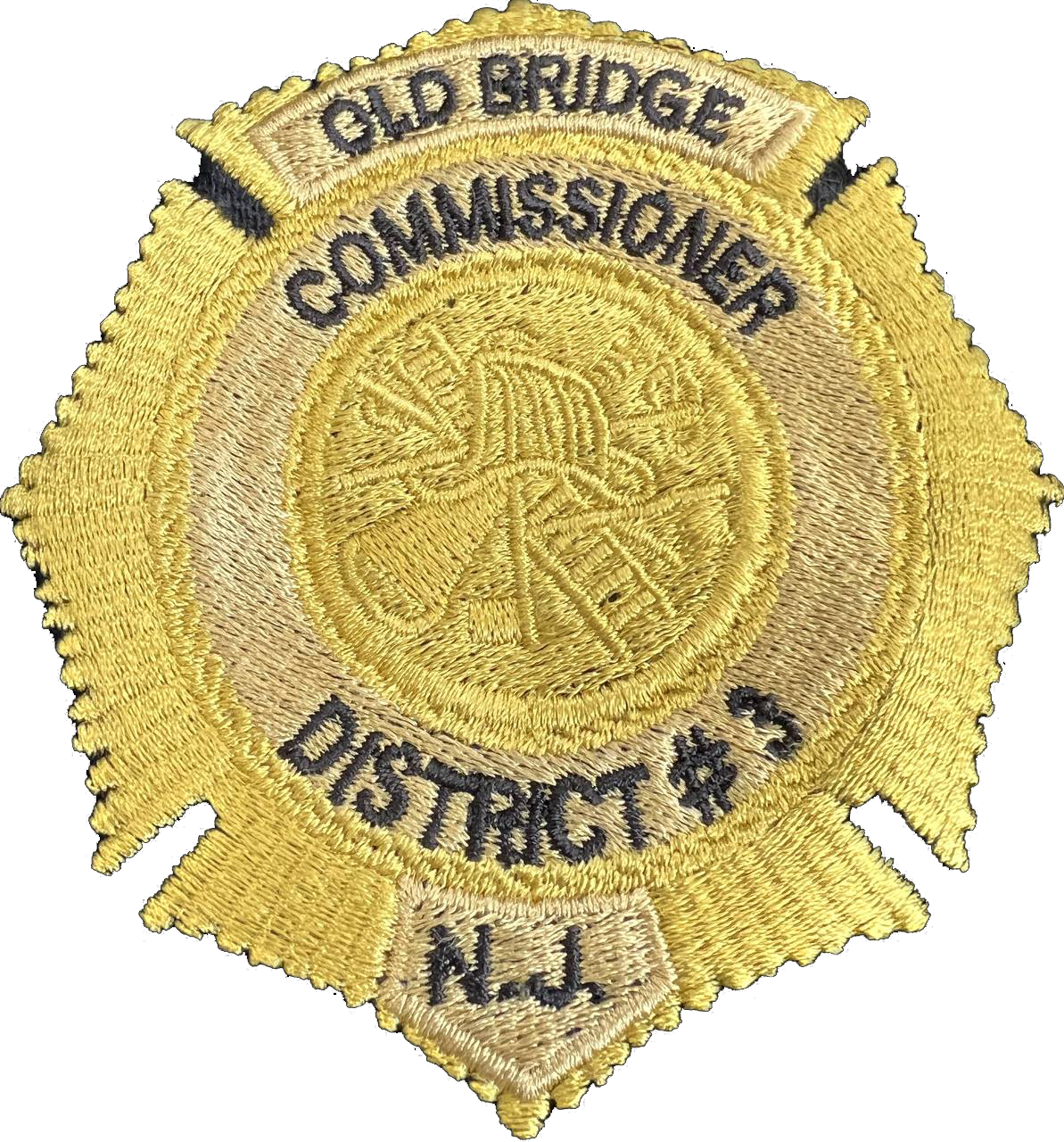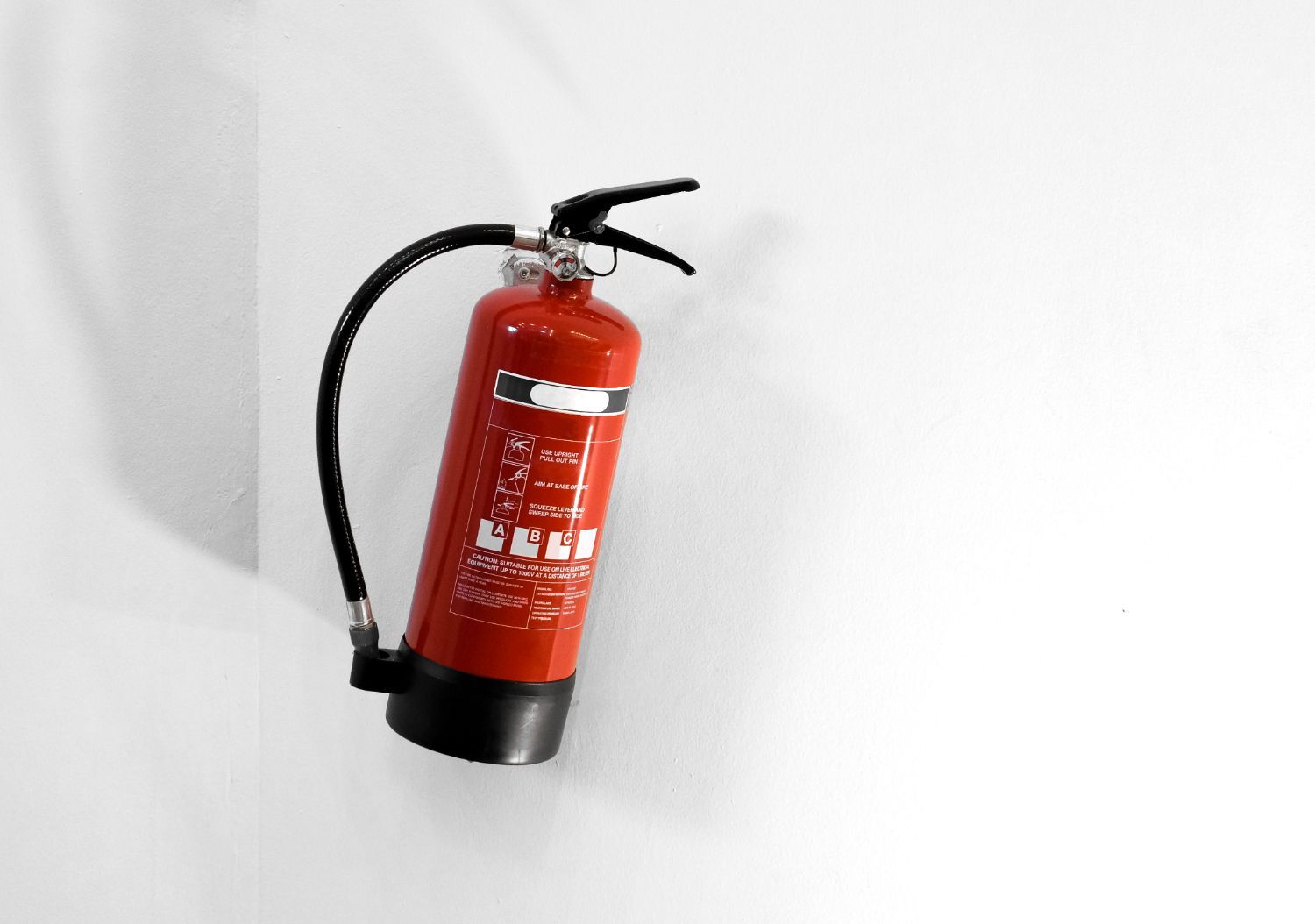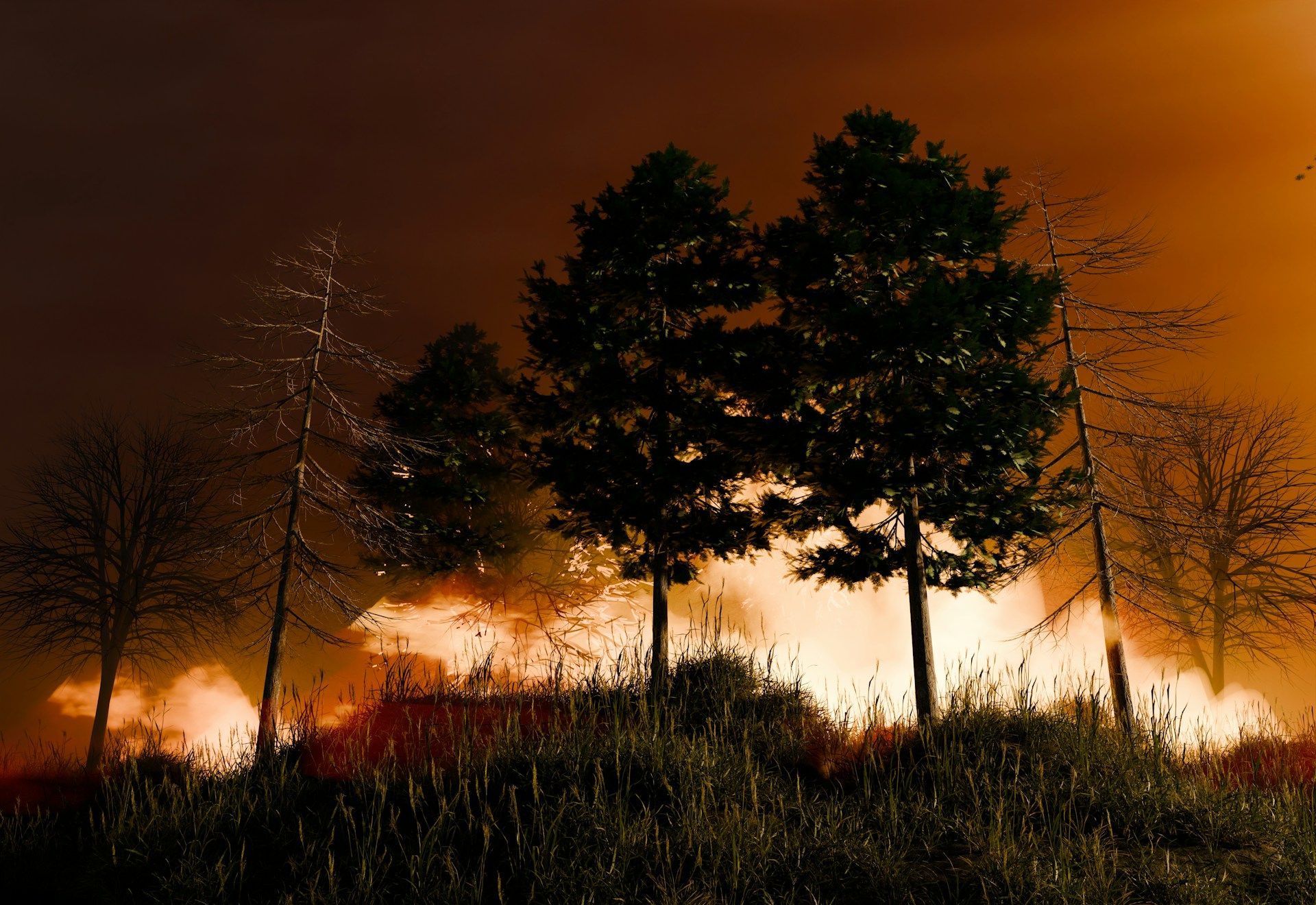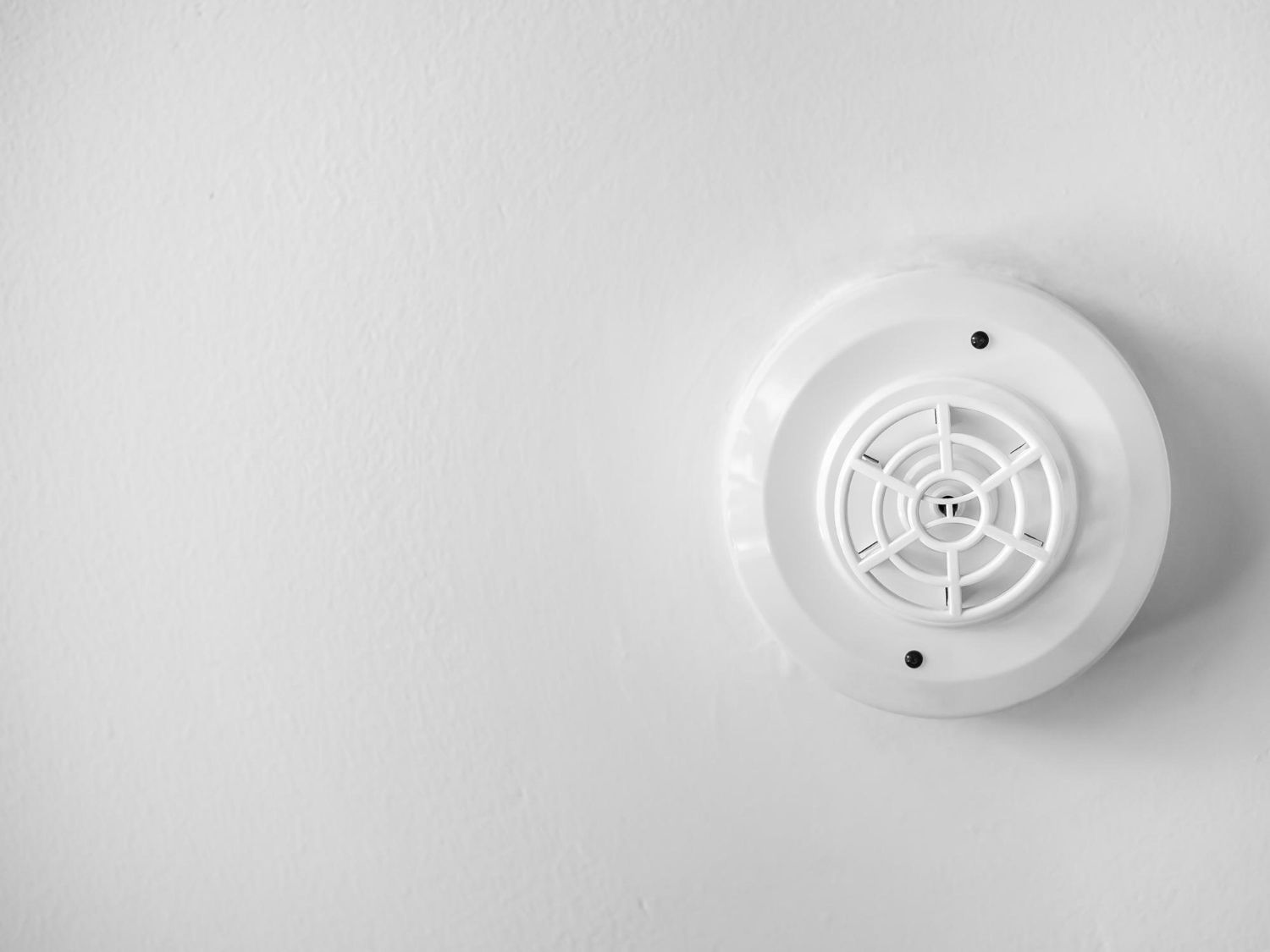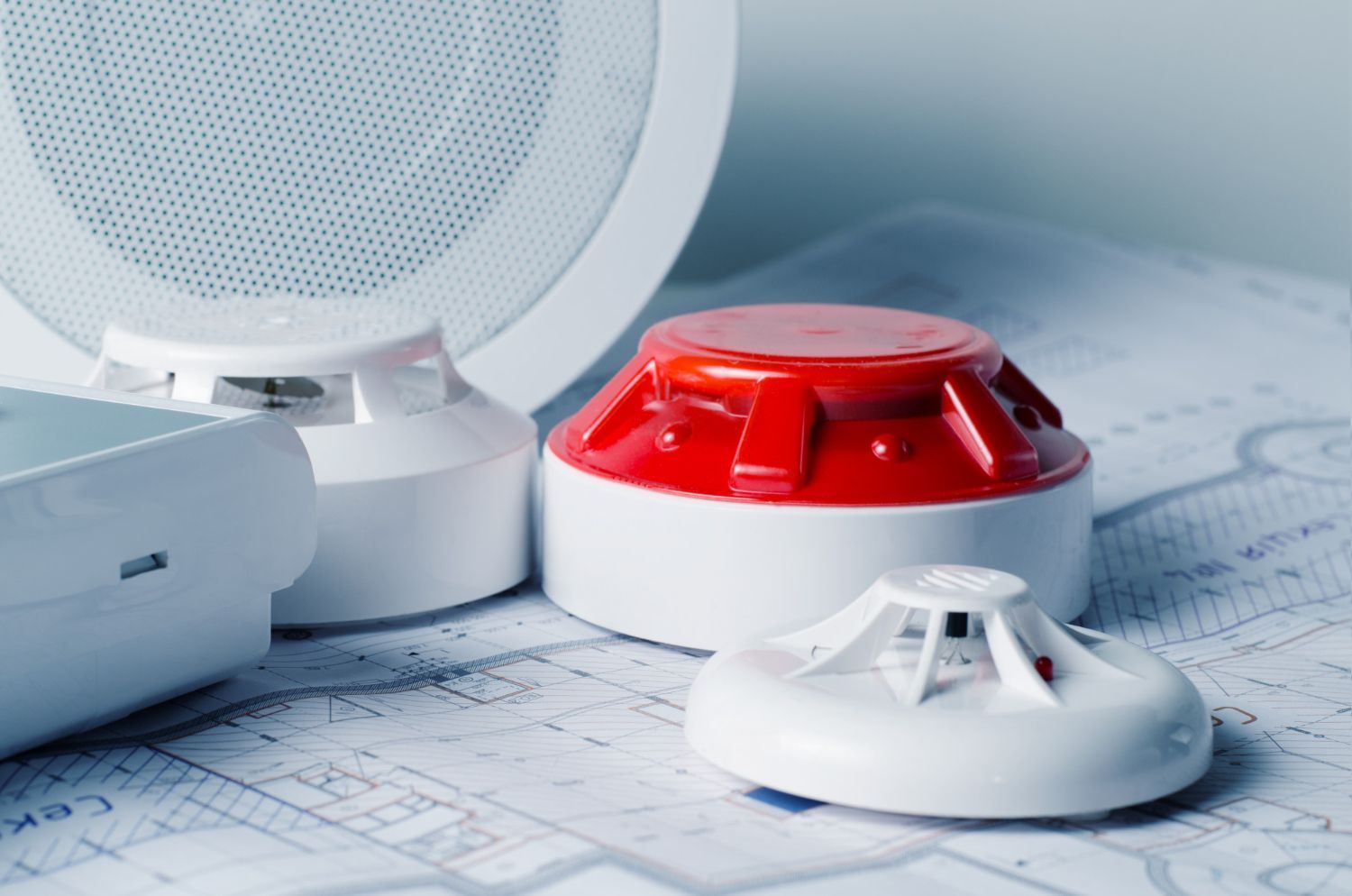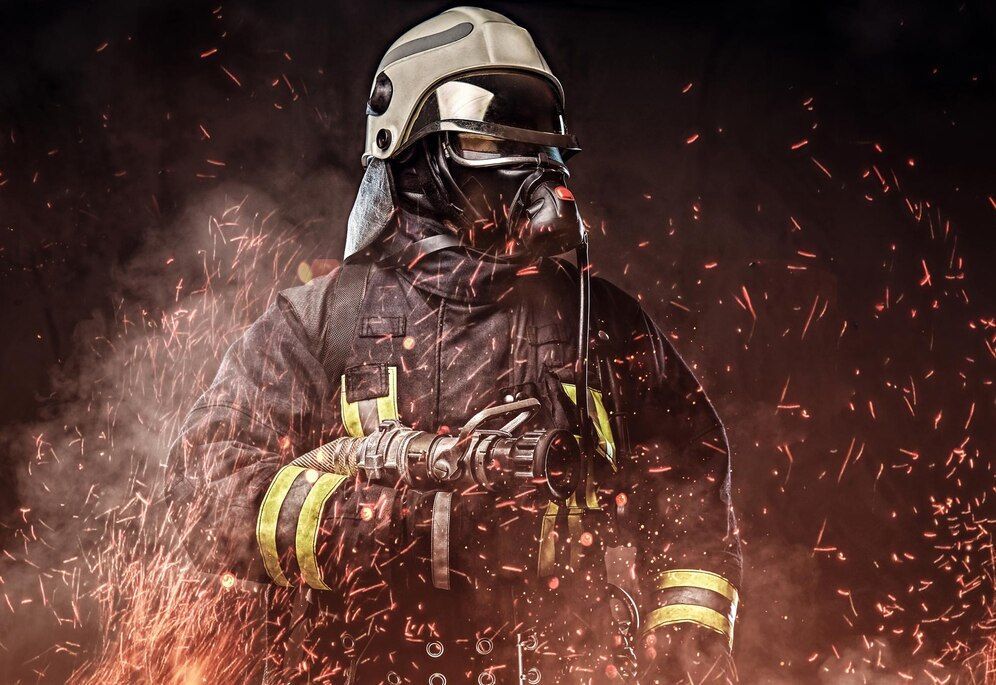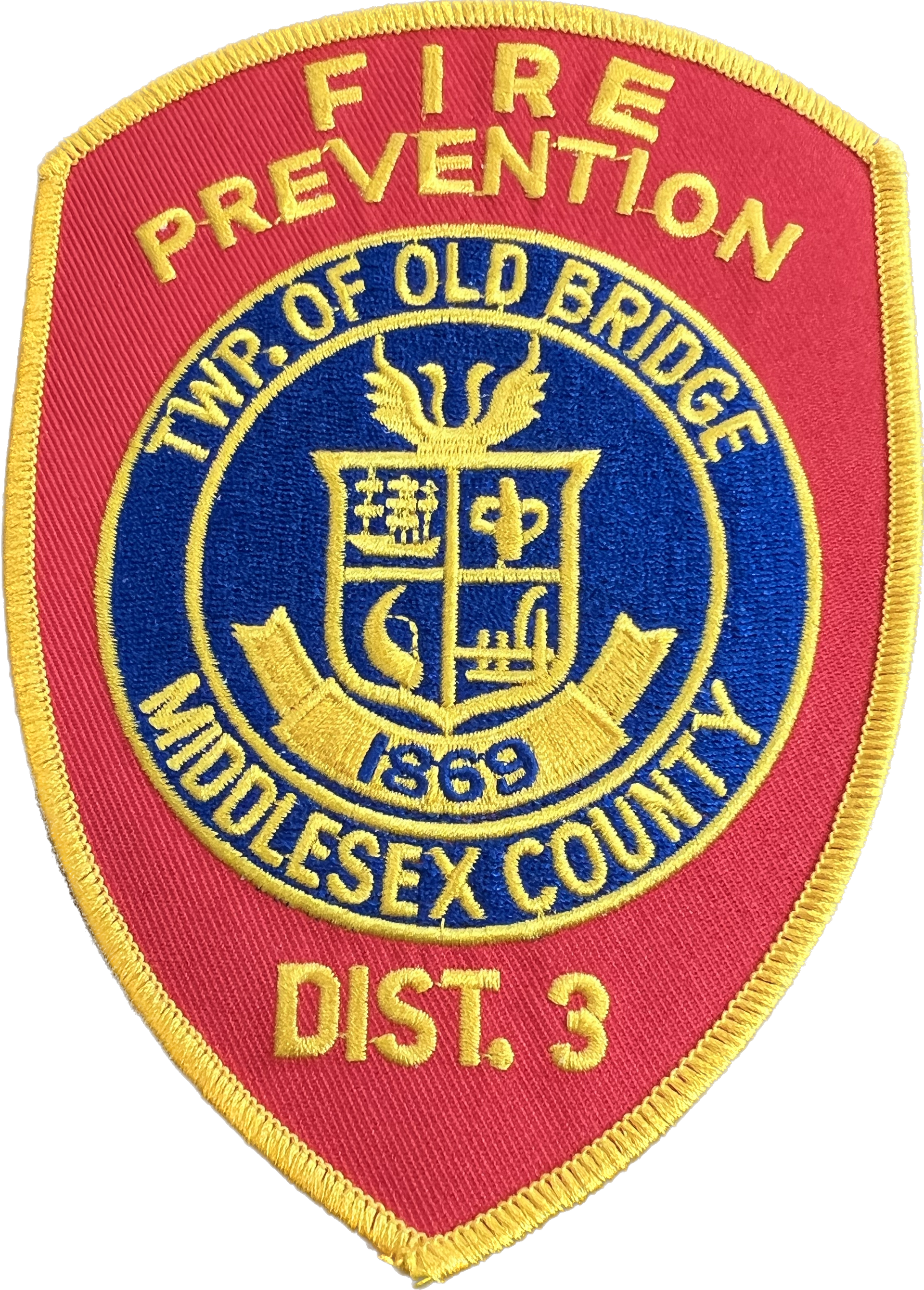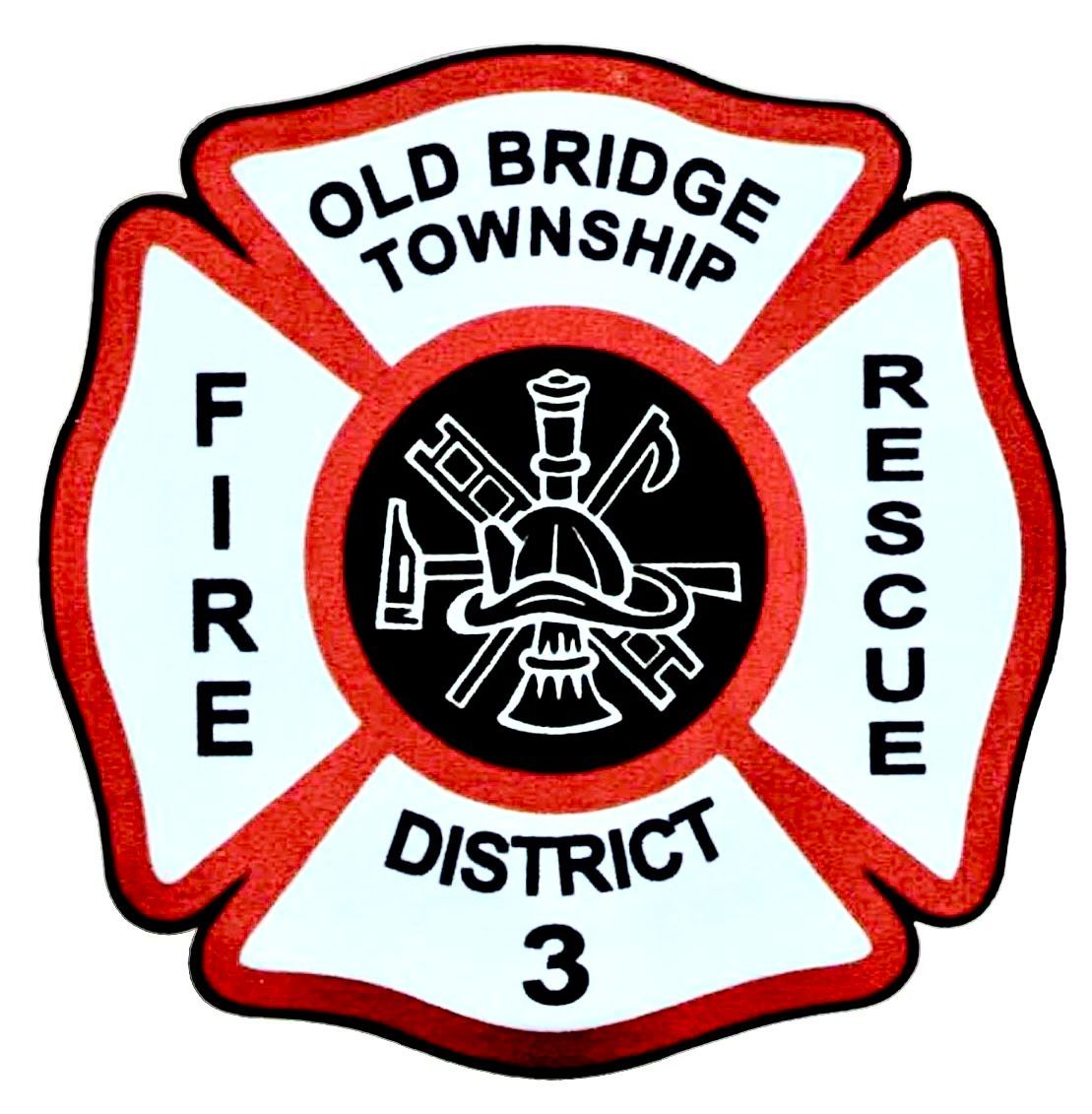Wildfire Preparedness: Protecting Your Home and Understanding Evacuation Procedures
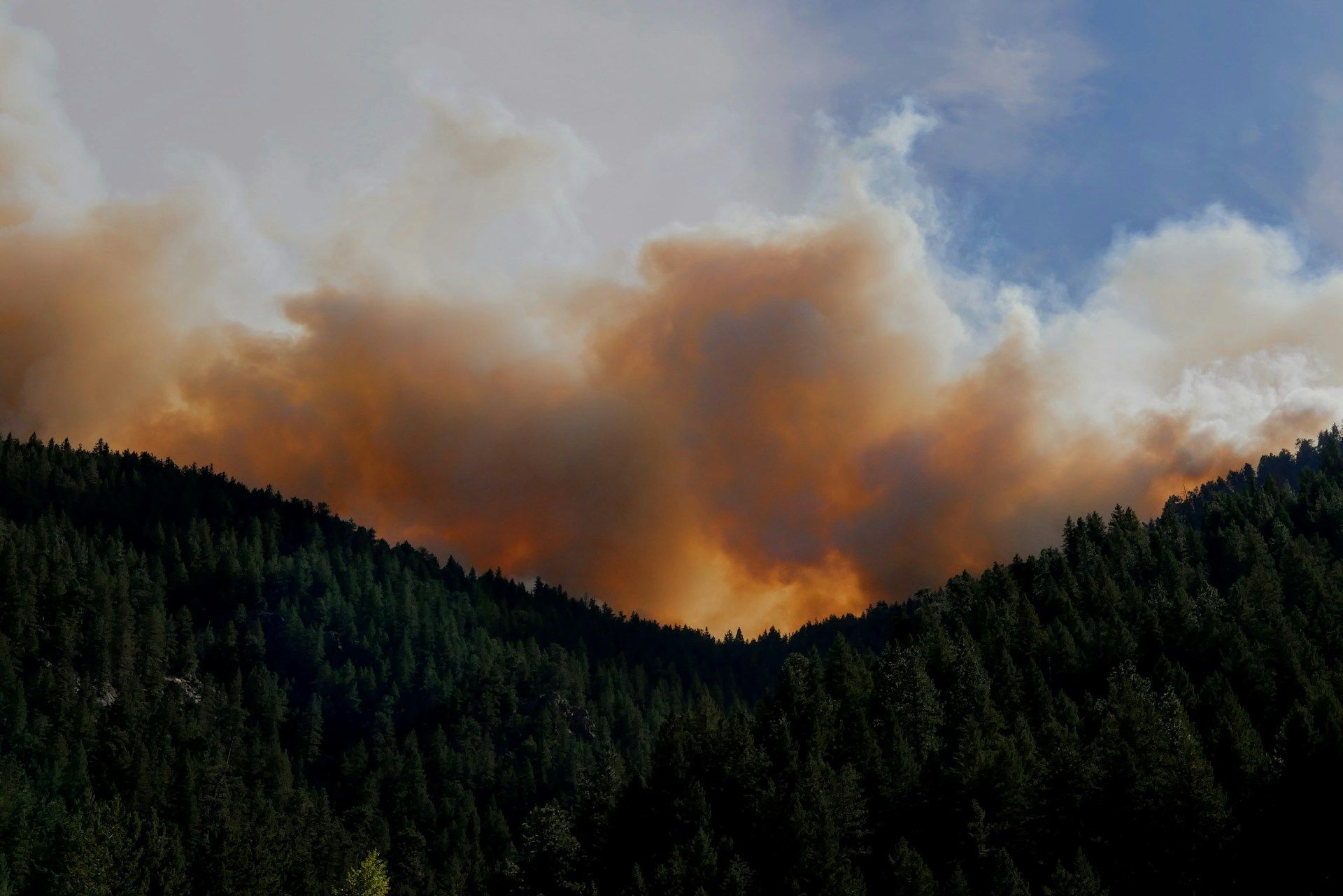
As professional firefighters, we are committed to ensuring the safety and protection of our community’s citizens and properties, including preparedness against the threat of wildfires. Wildfires can quickly grow out of control, destroying homes and endangering lives. It is crucial for homeowners to be proactive in preparing for wildfires and be familiar with evacuation procedures. In this article, we will share expert advice that can help you protect your home from wildfires and guide you through the essential steps to effectively evacuate in the event of an emergency.
We will begin by discussing how to create defensible space around your home, which can significantly reduce the risk of wildfire damage. This involves maintaining your property by clearing away vegetation that could fuel a fire, installing fire-resistant materials, creating firebreaks, and managing any combustible materials on your property. By taking these steps, you can create a buffer zone that helps slow the fire’s spread and protect your home from direct flame contact or radiant heat.
As professional firefighters, our primary goal is to keep our community safe from the dangers of wildfires. We hope that by sharing our knowledge and expertise on wildfire preparedness and evacuation procedures, we can help homeowners take the necessary actions to protect their homes and families. At Board of Fire Commissioners, Fire District 3, Township of Old Bridge, your safety is our top priority, so consider exploring additional resources and opportunities for wildfire preparedness by visiting our website at OBFD3.com today.
Creating Defensible Space Around Your Home
Defensible space is an essential component of wildfire preparedness, as it can help slow down a fire's spread and protect your home from direct flame contact or radiant heat. By managing vegetation and creating firebreaks, you can significantly reduce the risk of wildfire damage to your property. Consider these steps when creating defensible space around your home:
1. Zone-based approach: The concept of defensible space is based on creating separate zones around your property. Zone 1 should extend 30 feet from structures, and Zone 2 should extend from 30 to 100 feet. Each zone has specific guidelines for vegetation management, firebreaks, and fuel reduction.
2. Clear dead vegetation and debris: Remove dead leaves, branches, and other debris from your yard, roof, and gutters. This prevents the accumulation of combustible material that could fuel a wildfire.
3. Prune trees and shrubs: Trim branches up to 6 feet from the ground and maintain at least 10 feet between tree crowns. This helps prevent the fire from climbing up trees and spreading.
4. Choose fire-resistant plants: Some plants are less flammable than others. Opt for fire-resistant plants, shrubs, and trees to minimize fuel for wildfires.
Developing an Emergency Plan for Your Family
A comprehensive emergency plan is crucial for ensuring your family's safety during a wildfire. Incorporate these critical components into your plan:
1. Communication strategy: Designate a contact person outside the affected area who can help relay messages between you and your loved ones if communication lines are disrupted.
2. Meeting points: Establish a safe location where your family will meet if you become separated during a wildfire.
3. Essential supplies: Prepare an emergency kit that includes items such as non-perishable food, water, medications, important documents, and a change of clothing for each family member.
4. Evacuation procedures: Familiarize yourself with recommended evacuation routes and make a plan with your family to leave your home quickly if necessary.
Staying Informed During Wildfire Season
Keeping up-to-date on the latest wildfire developments is essential for your family's safety. You should:
1. Monitor local news and notifications: Stay abreast of the latest wildfire updates by monitoring your local news outlets and tuning in to emergency alerts from local authorities.
2. Sign up for emergency notifications: Many communities have emergency notification systems that can send alerts to your phone or email. Sign up for these services to receive timely updates on wildfire threats in your area.
3. Understand evacuation orders: Familiarize yourself with the different types of evacuation orders, including voluntary and mandatory evacuations. If a voluntary evacuation is issued, consider leaving early to avoid traffic and complications during a possible mandatory evacuation.
4. Be aware of weather conditions: Keeping an eye on the weather can help you anticipate changes in wildfire behavior. Be particularly vigilant during dry, hot, and windy conditions, as these factors contribute to wildfire risk.
Understanding Official Evacuation Orders
In the event of a wildfire, emergency officials may issue evacuation orders to protect affected communities. Understanding the evacuation process can ensure a faster, safer departure from your home:
1. Prepare your home before evacuating: Close windows, doors, and vents, and turn off propane tanks and air conditioning to reduce the risk of a fire spreading to your home.
2. Pack your essentials: Gather your emergency kit, important documents, medications, and any other essential items you may need during an evacuation.
3. Evacuate early: If an evacuation order is issued, do not wait. Leaving early can help you avoid traffic congestion, reduce stress, and ensure that you have time to reach a safe location.
4. Follow recommended routes: Always adhere to the recommended evacuation routes provided by local authorities, as they are the most current and safest paths to reach your destination.
Conclusion
Preparing for wildfires and understanding evacuation procedures are essential aspects of protecting your home and ensuring your family's safety. By creating defensible space around your property, developing an emergency plan, staying informed during wildfire season, and following official evacuation orders, you can significantly reduce the risk associated with wildfires and significantly improve your family's wellbeing.
Remember that the safety of our community members is our top priority here at Board of Fire Commissioners, Fire District 3, Township of Old Bridge. For more information on fire protection services, incident response, and public education programs, check out our online
fire prevention posts. Let us help you further enhance your wildfire preparedness and safeguard your home and loved ones.
